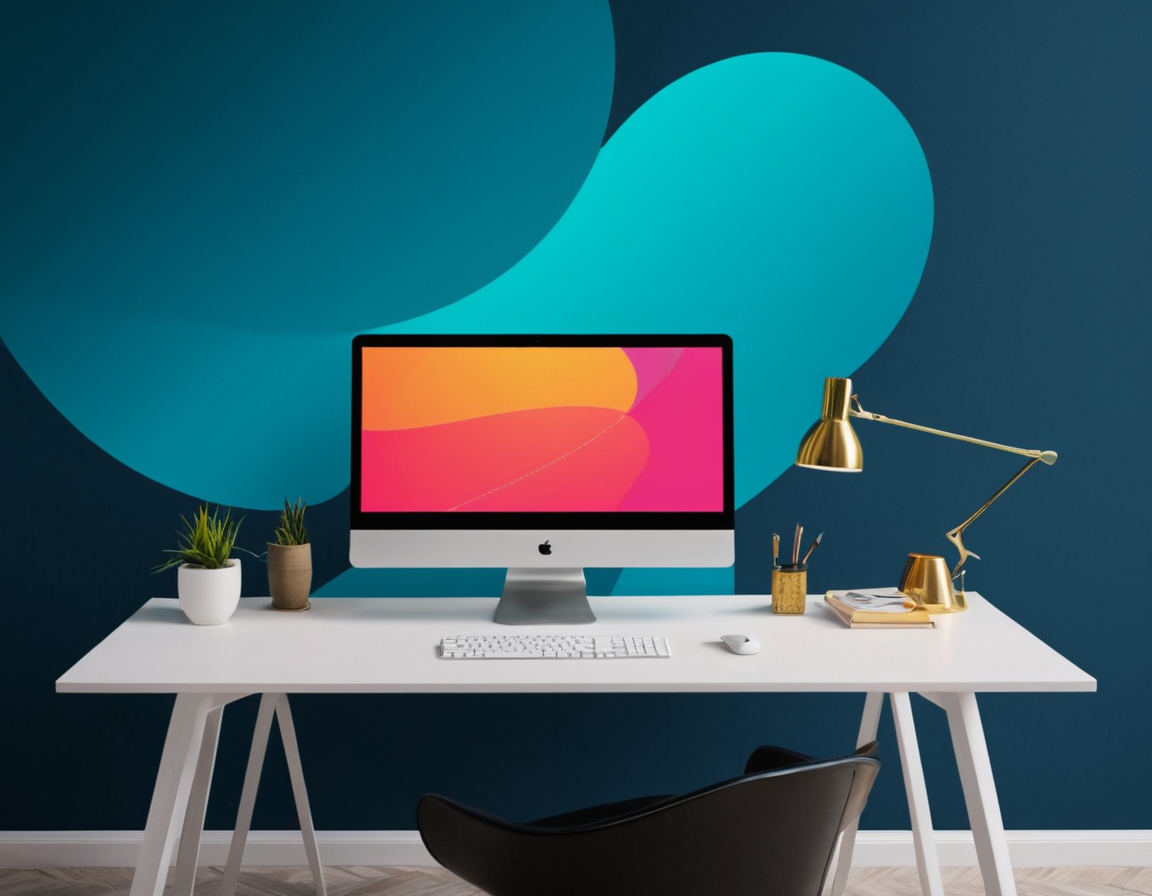AI & Visual Design - Future Trends

The Future of Visual Design: How to Leverage AI Image Generators for Personal Projects
As designers, we’re constantly looking for new and innovative ways to push the boundaries of our craft. One area that’s been gaining significant attention in recent years is the use of Artificial Intelligence (AI) image generators in visual design. In this article, we’ll explore the potential benefits and pitfalls of using AI-powered tools for personal projects, and provide practical guidance on how to get started.
Introduction
The rise of AI-generated images has sparked both excitement and concern within the design community. On one hand, these tools have the potential to revolutionize the way we create visual content, freeing us up from time-consuming tasks like image editing and manipulation. On the other hand, there are legitimate concerns around the ethics and authenticity of such generated content.
In this article, we’ll delve into the world of AI image generators, exploring their capabilities, limitations, and potential applications in personal projects.
Understanding AI Image Generators
AI image generators use machine learning algorithms to create images based on patterns, styles, or even text prompts. These tools can produce stunning results, often indistinguishable from handcrafted artwork.
However, it’s essential to understand that these tools are not yet capable of true creativity. They’re limited by the data they’ve been trained on and the algorithms used to generate them. This raises important questions around authorship, ownership, and the potential for AI-generated content to be misused.
Practical Applications
So, how can you leverage AI image generators in your personal projects? Here are a few examples:
- Artistic exploration: Use AI tools to generate images that spark new ideas or inspire existing projects. This can help you break free from creative blocks and explore new styles or techniques.
- Content creation: Utilize AI-generated images for blog posts, social media, or marketing materials. However, be sure to disclose the use of AI-generated content, as some platforms may have specific guidelines around this.
Challenges and Considerations
While AI image generators can be a valuable tool, there are several challenges and considerations to keep in mind:
- Quality control: Ensure that you’re using high-quality inputs and outputs to maintain the integrity of your work.
- Authenticity: Be transparent about the use of AI-generated content, as this can impact trust with audiences or clients.
- Copyright and ownership: Understand the legal implications of using AI-generated content, particularly if it’s being used commercially.
Conclusion
The future of visual design is complex and multifaceted. While AI image generators hold promise, they’re not yet a replacement for human creativity and skill. By understanding the capabilities and limitations of these tools, we can harness their potential to augment our work rather than replace it.
As designers, it’s essential to approach this technology with a critical eye, considering both the benefits and drawbacks. By doing so, we can ensure that AI image generators are used responsibly and ethically, ultimately enriching the visual design landscape for all.
Call to Action:
Have you experimented with AI image generators in your personal projects? Share your experiences and insights in the comments below!
About Valentina Torres
As a seasoned editor at gophotos.com, I help creators harness the power of AI and smart photography tools to elevate their visual content. With a passion for innovative storytelling, I've worked closely with artists and brands to bring their unique visions to life – from editing to generation, I'm always excited to explore the latest visual possibilities.
